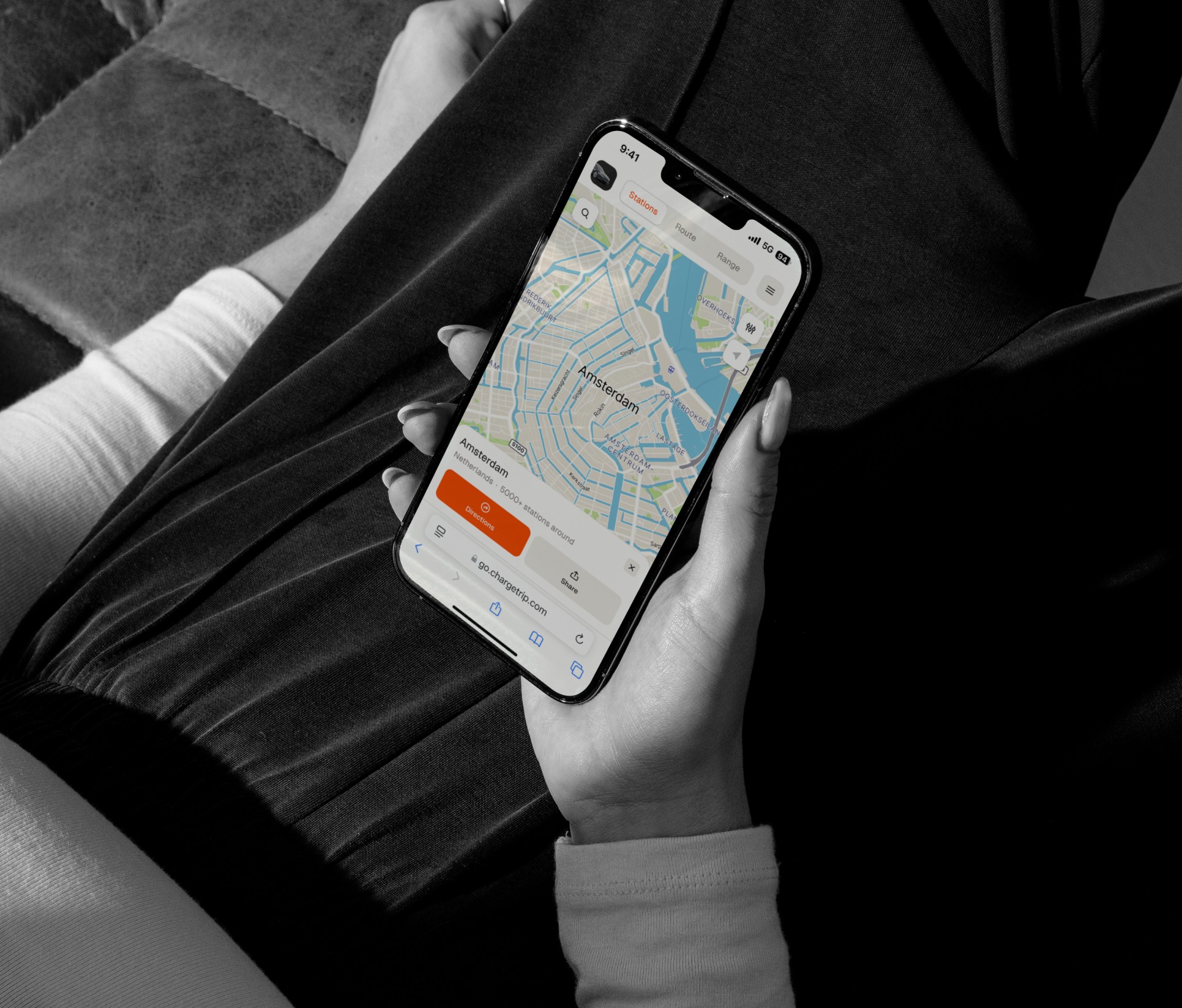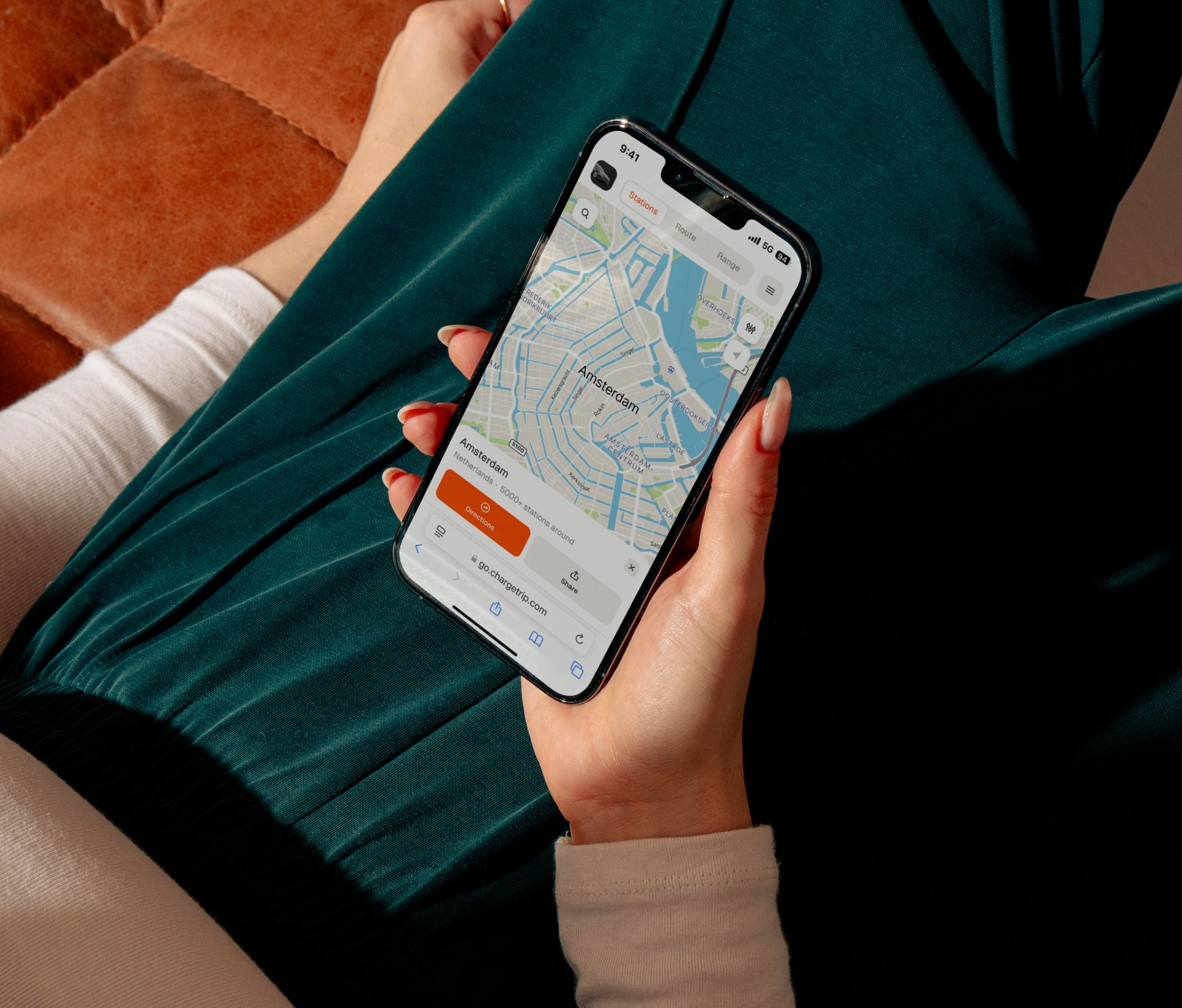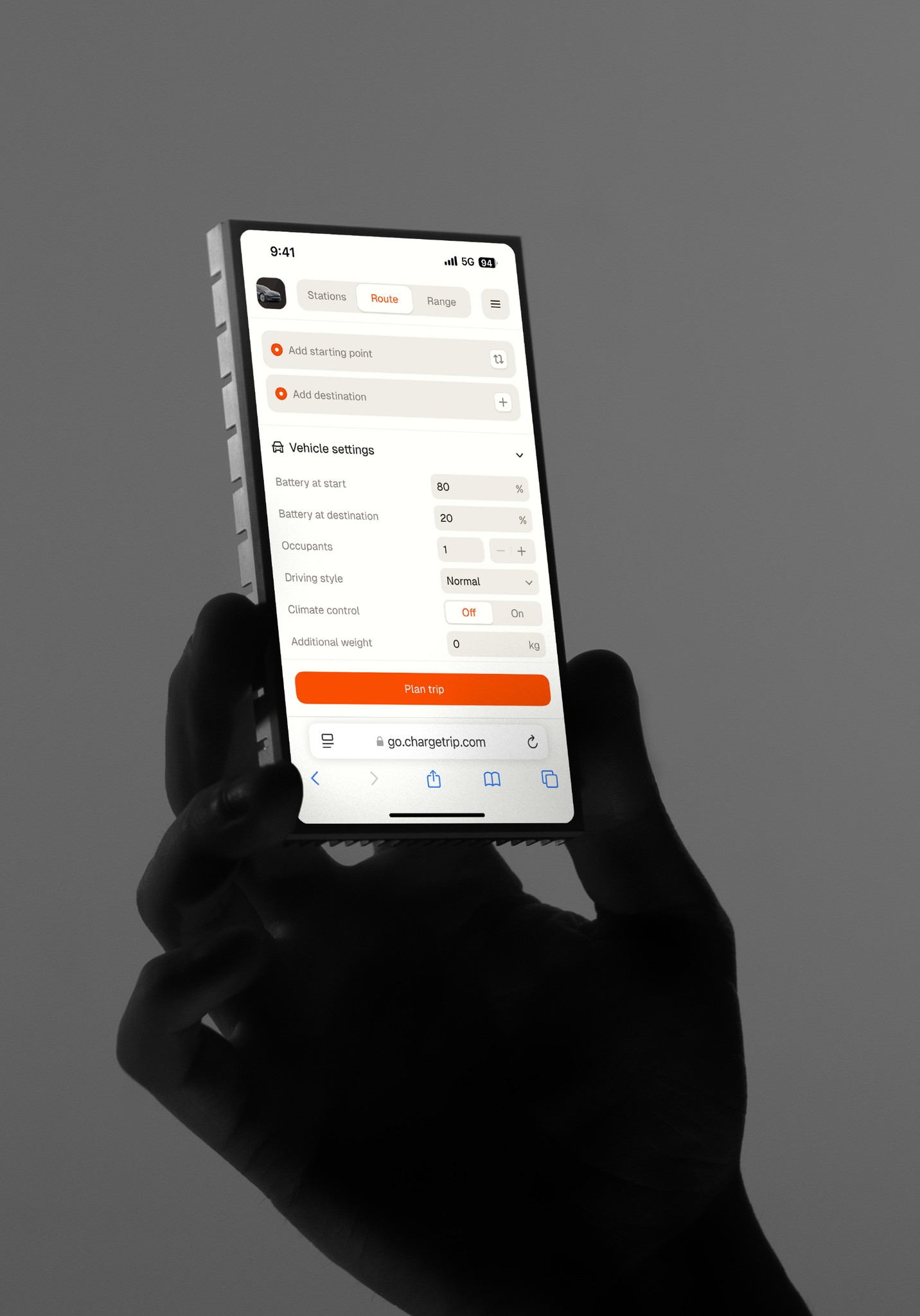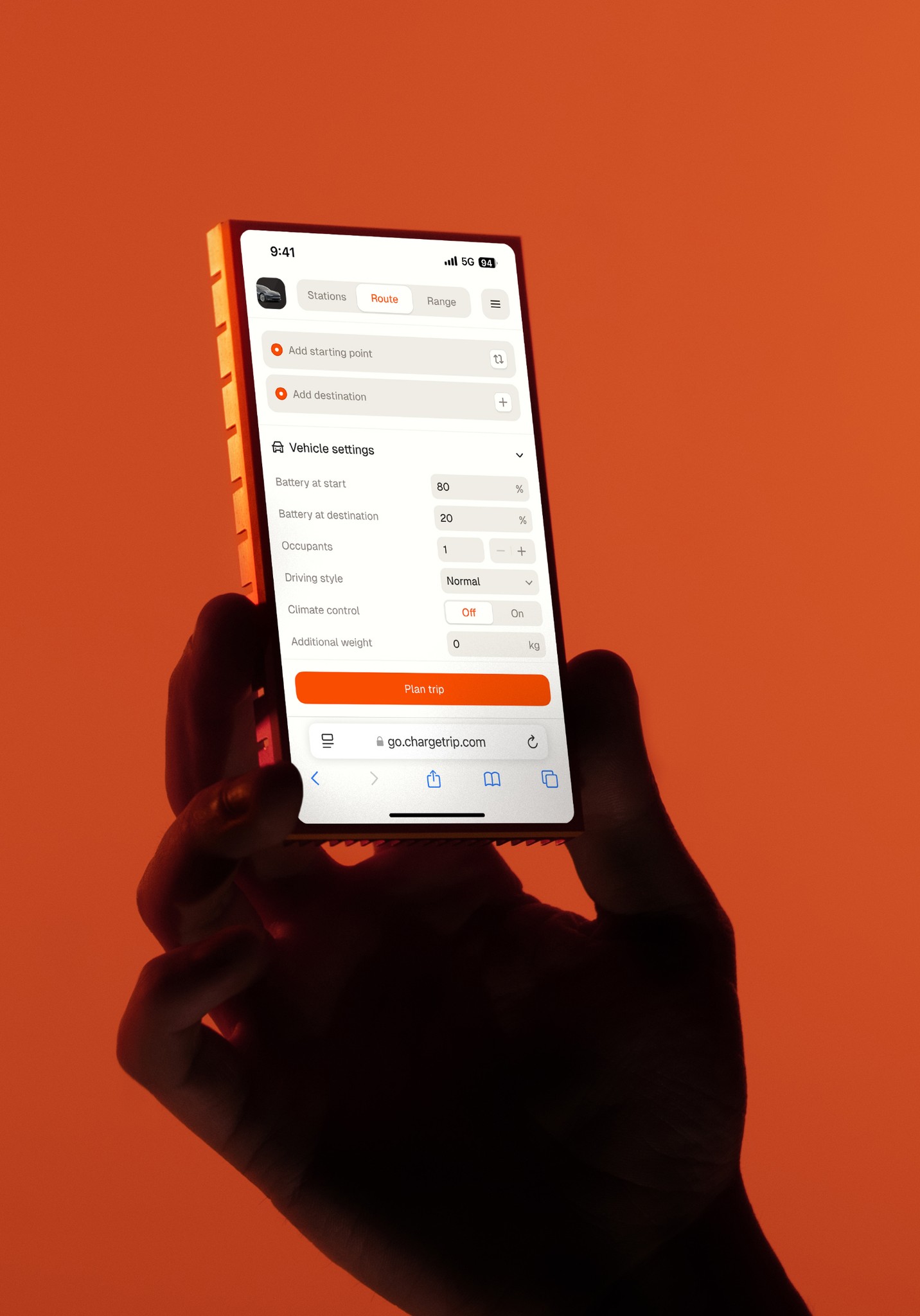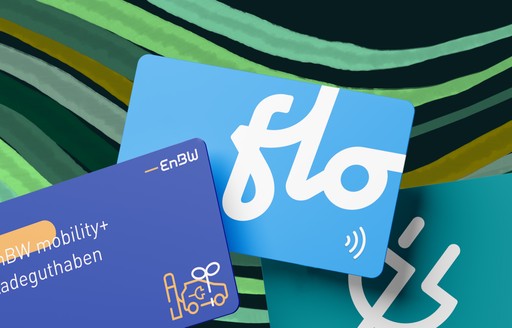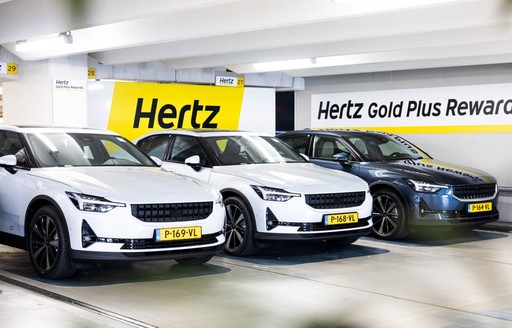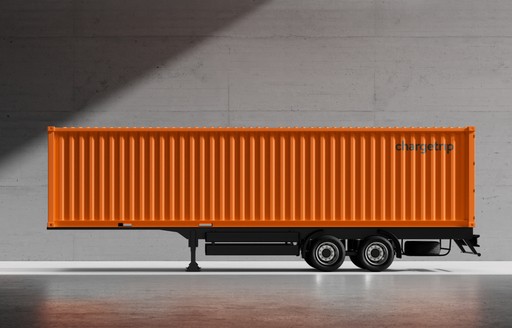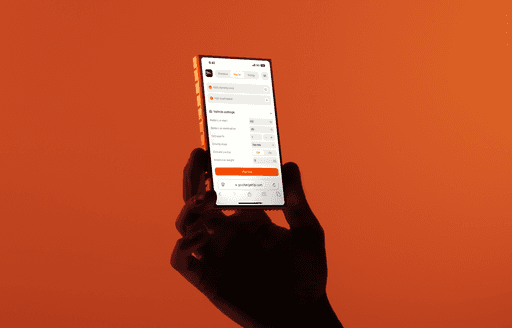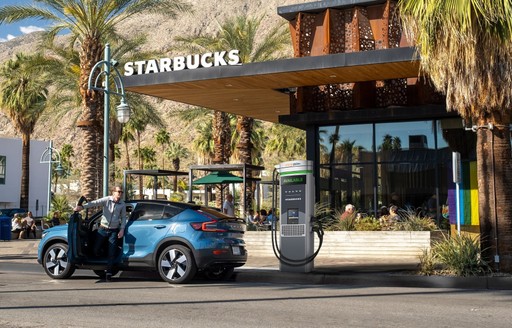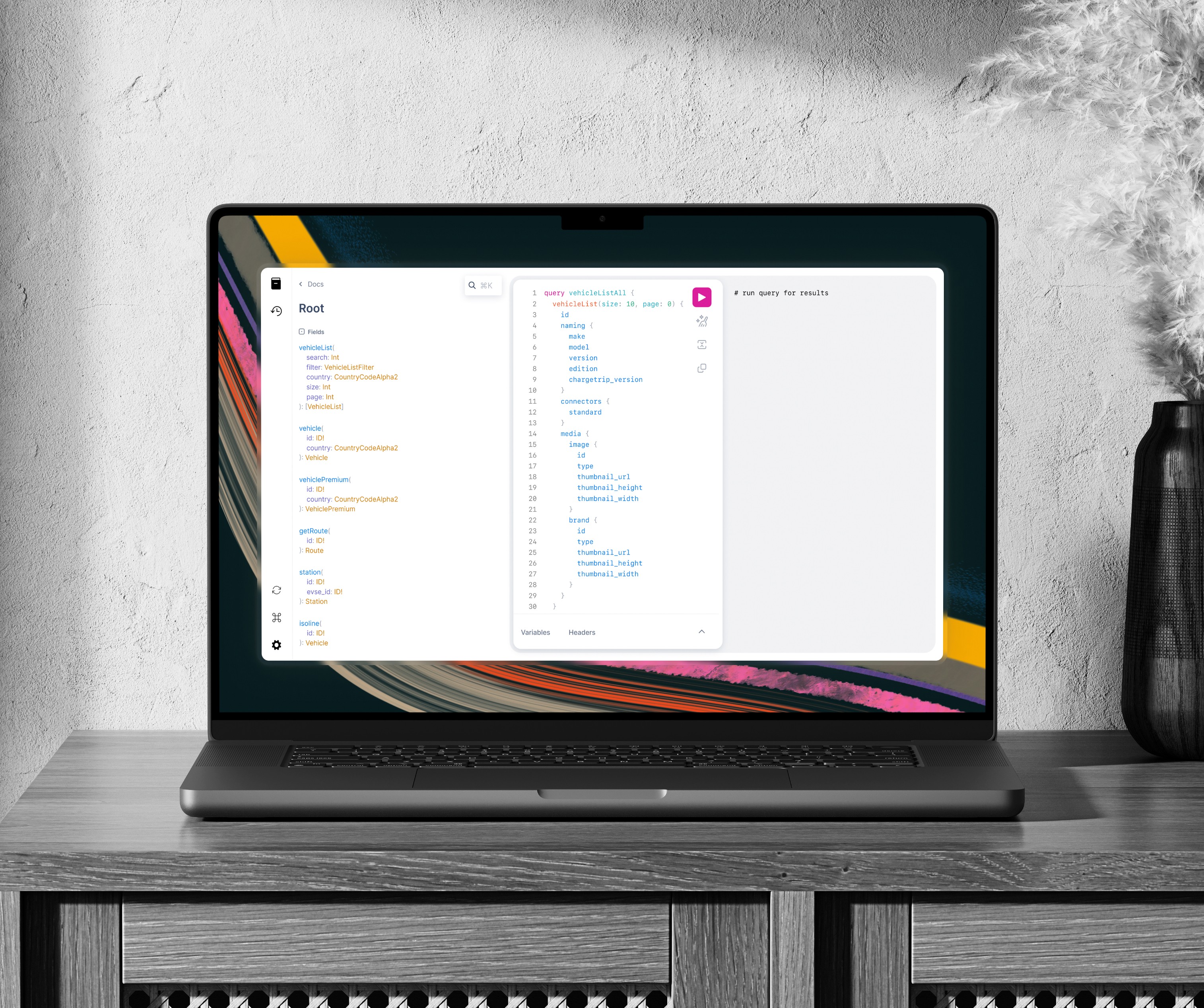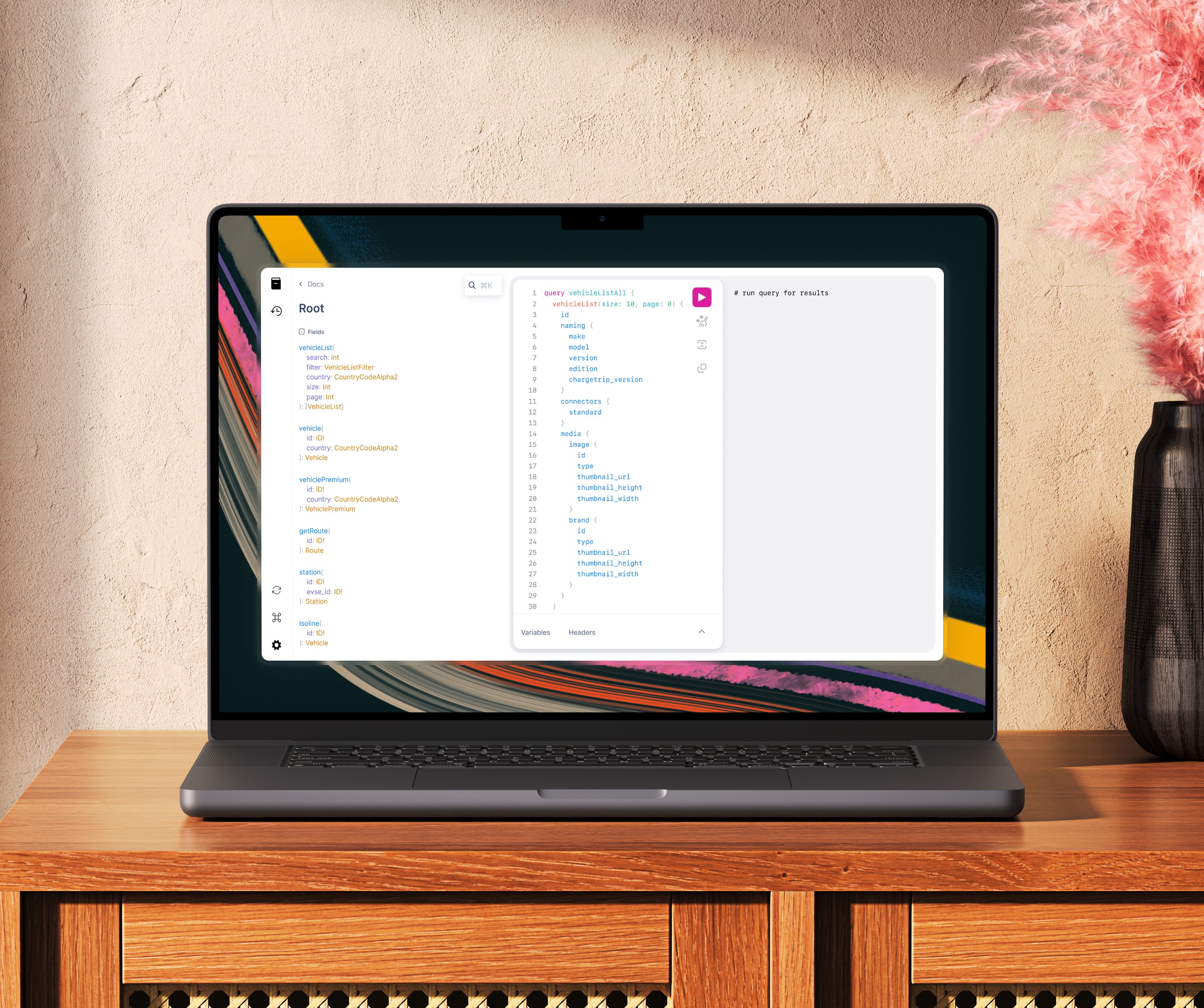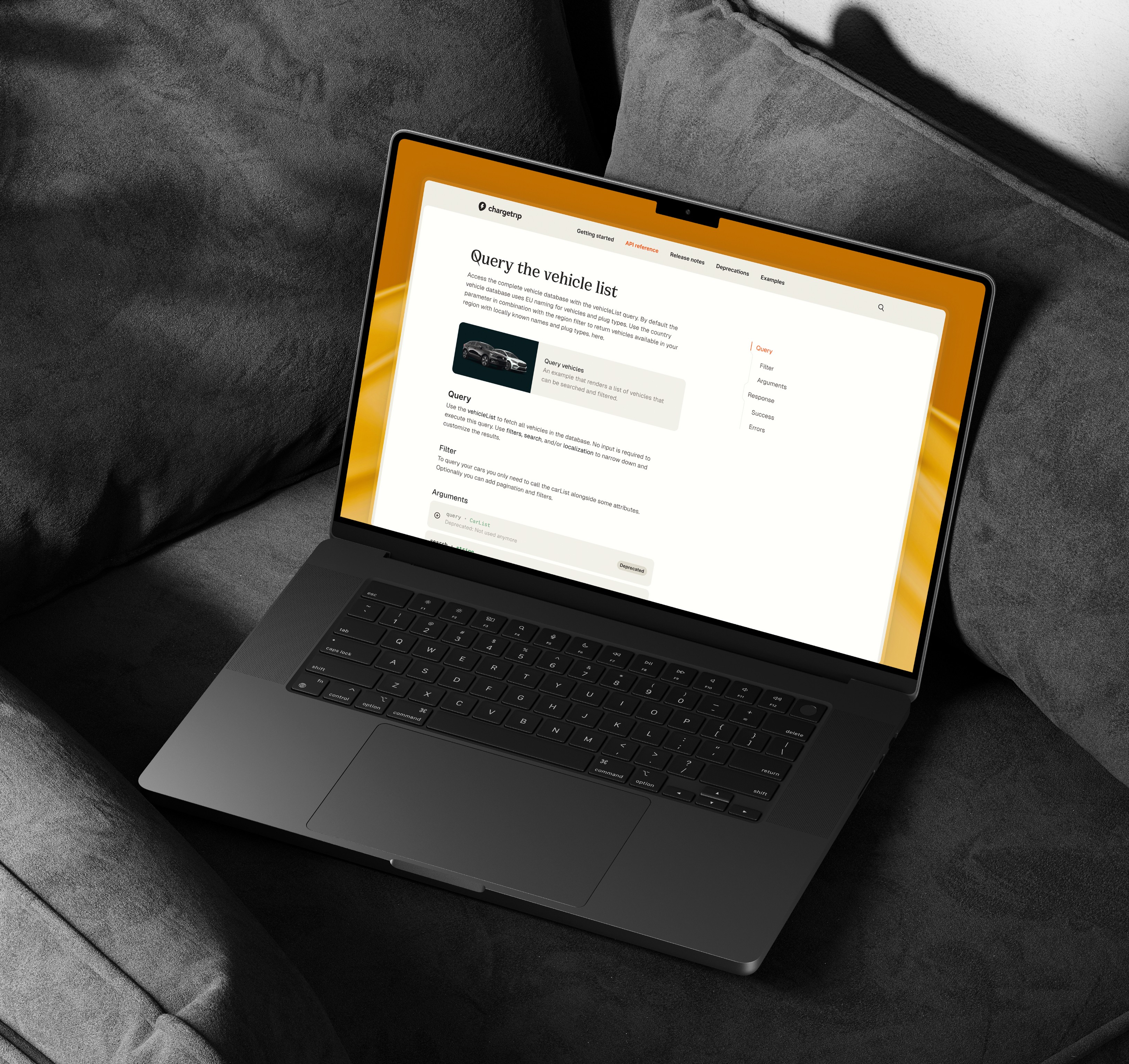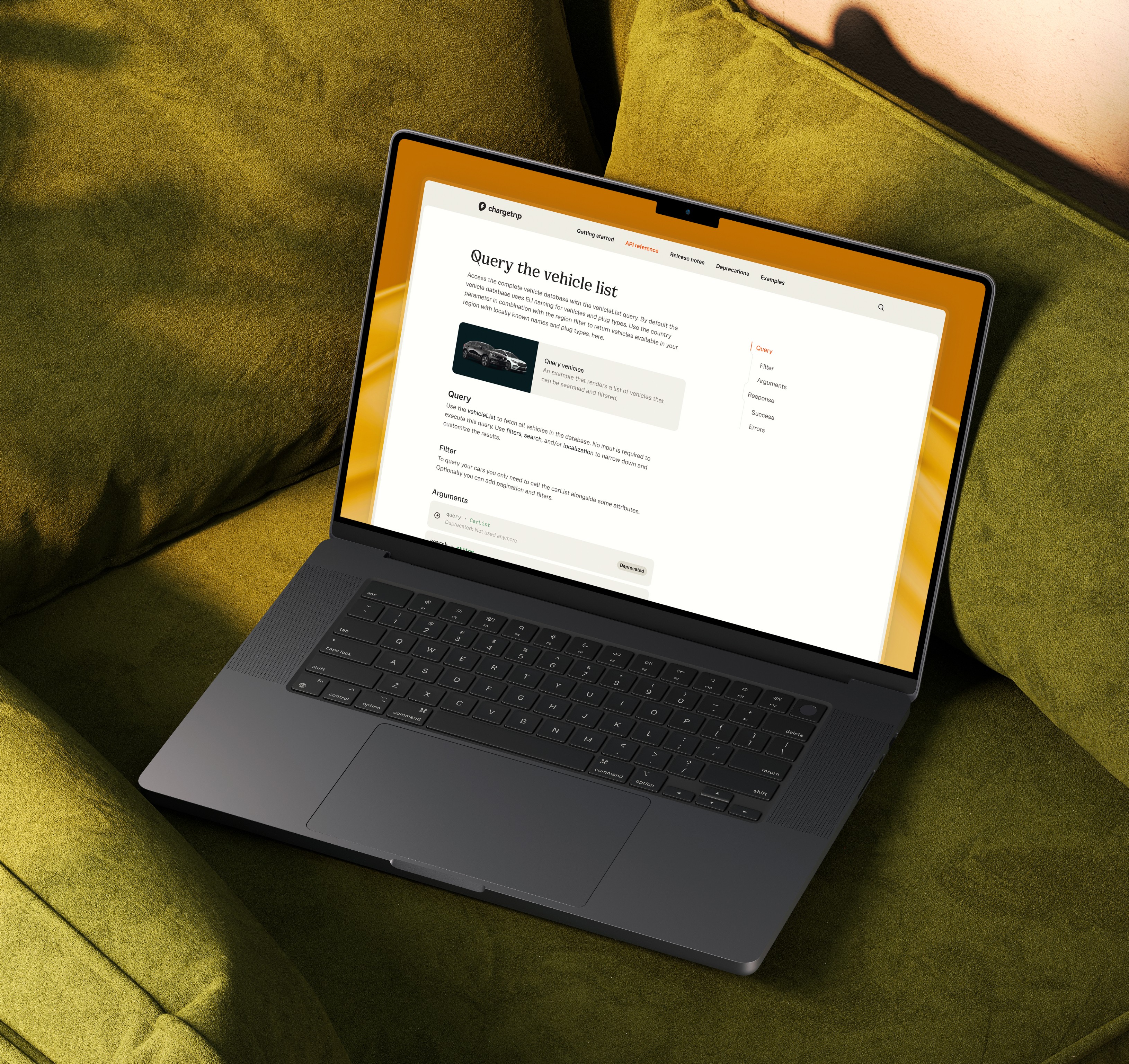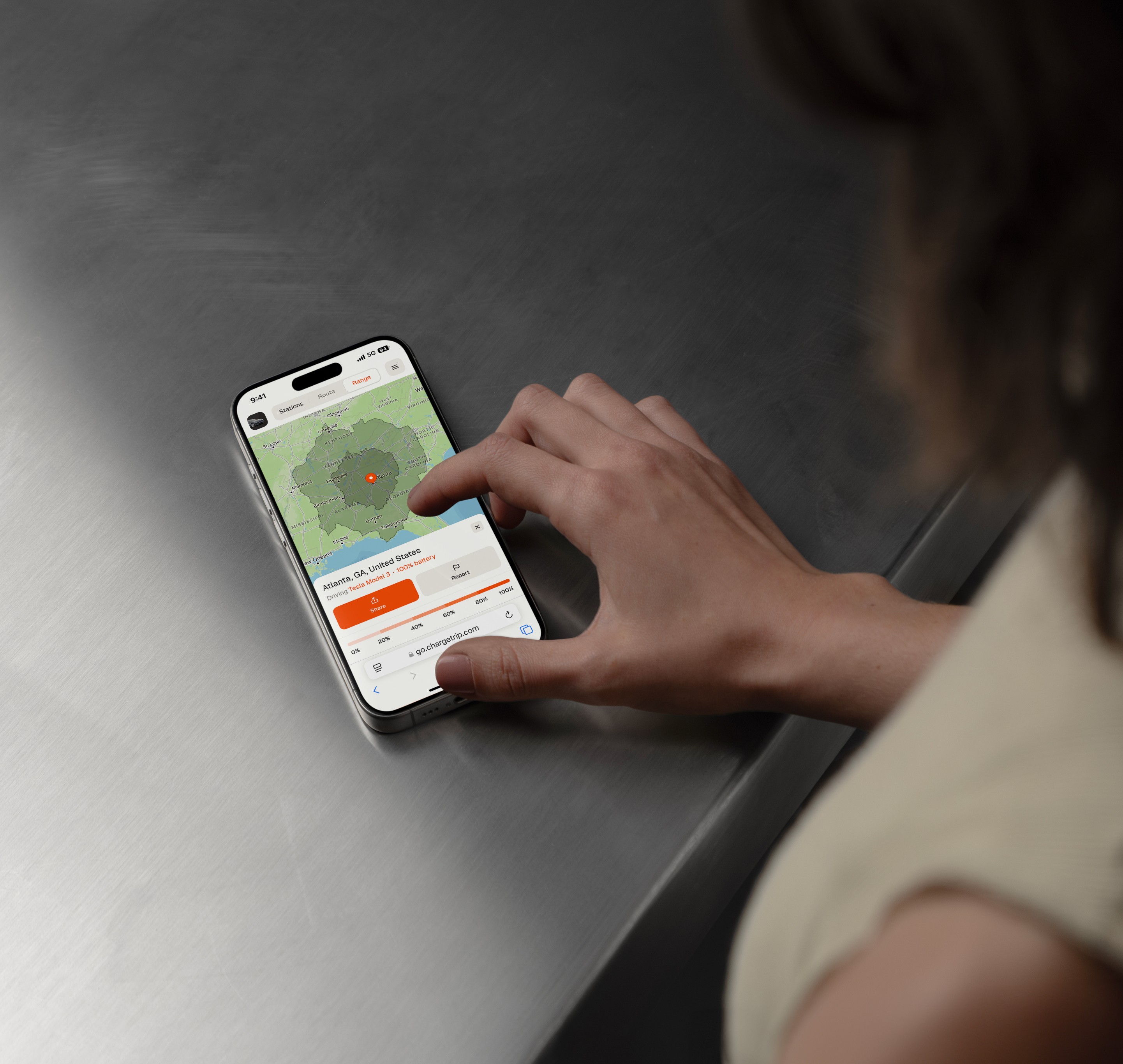The average charger in Europe is in use for only 17% of the day. In many regions, utilization rates hover around 13%. The inherent problem for CPOs competing to sell energy is that they don’t have influence over where drivers charge. This creates a problem for CPOs because their investments aren’t being maximized. So, how can CPOs try to increase the utilization of their networks?
Routing is the primary way CPOs can gain control over the entire customer journey. Route planners act as the search engines for EV charging, and when a CPO can control the search, they can ultimately control the result. Here’s how routing increases utilization:
Directing the customer’s journey
When planning a trip, drivers rely on route planning tools to show them where they can charge reliably and conveniently. They’re asking, “Where can I charge?”. And they do this a lot. Roughly 20% of European EV drivers rely on routing through Chargetrip-powered route planners each month alone.
Like any product or service, being visible and recommended in customers' searches is critical to selling. EV charging is no different. Given that EV drivers are using route planners to select where to charge, CPOs are then impacted greatly by the stations recommended on drivers’ routes.
Steering drivers to their own network
By integrating routing with custom business logic, CPOs ensure that their stations consistently appear as the top recommendations in these searches. This dramatically increases the likelihood that drivers will go to their stations over alternatives. Chargetrip customers who implement CPO preferences in their routing logic see their stations recommended to drivers 5x more.
Even without full preference logic, the simple act of helping drivers plan compatible, efficient trips results in higher usage. In fact, drivers who use routing from a CPO make about twice as many transactions on that CPO’s network.
Distributing traffic
Routing is also a tool to distribute traffic. As a key influencer of where drivers charge, it is naturally a lever CPOs can use to steer demand to the specific stations that are underused and away from stations that are overused.
For example, imagine a CPO has two stations along the way from Munich to a big ski resort in the Alps. One station is regularly full with lineups, while the other station is chronically underused. The CPO could prioritize one station over the other at particular times in order to direct more drivers to the underused station to better distribute traffic and grow overall utilization.
It improves reliability and driver trust
Low utilization isn’t always about demand. If a station is hard to find, frequently broken, or lacks critical information, drivers avoid it. Routing solves this by excluding unreliable operators, displaying live availability, and clearly indicating what drivers can expect at each stop. The result? Fewer failed charging sessions, more returning users, and more consistent station usage.
This leads to more trust from drivers and more loyalty, keeping those drivers one a specific CPO’s app and network for the majority of their trips.
Boosting app engagement
Integrating routing into EV driver apps has led to up to a 40% increase in downloads during the first month. Without routing, an app often serves merely as an interface for charging and payment. Adding routing turns an app into a practical tool that drivers use as a part of their routine to plan trips and find charging stops.
This additional functionality encourages drivers to return to the app regularly, resulting in more charging sessions and ultimately higher utilization for your network.
Real-world impact
Here are some numbers on the impact of routing through Chargetrip customers alone.
2.2 million charging sessions per month
32 GWh of energy demand per month
20% of EV drivers in Europe routed each month
And the impact is measurable:
Drivers who use routing from a CPO make 2x as many transactions on that network
App usage increases by 40% in the first month
Just 10 extra minutes of use per day = €1,000+ per plug per year


